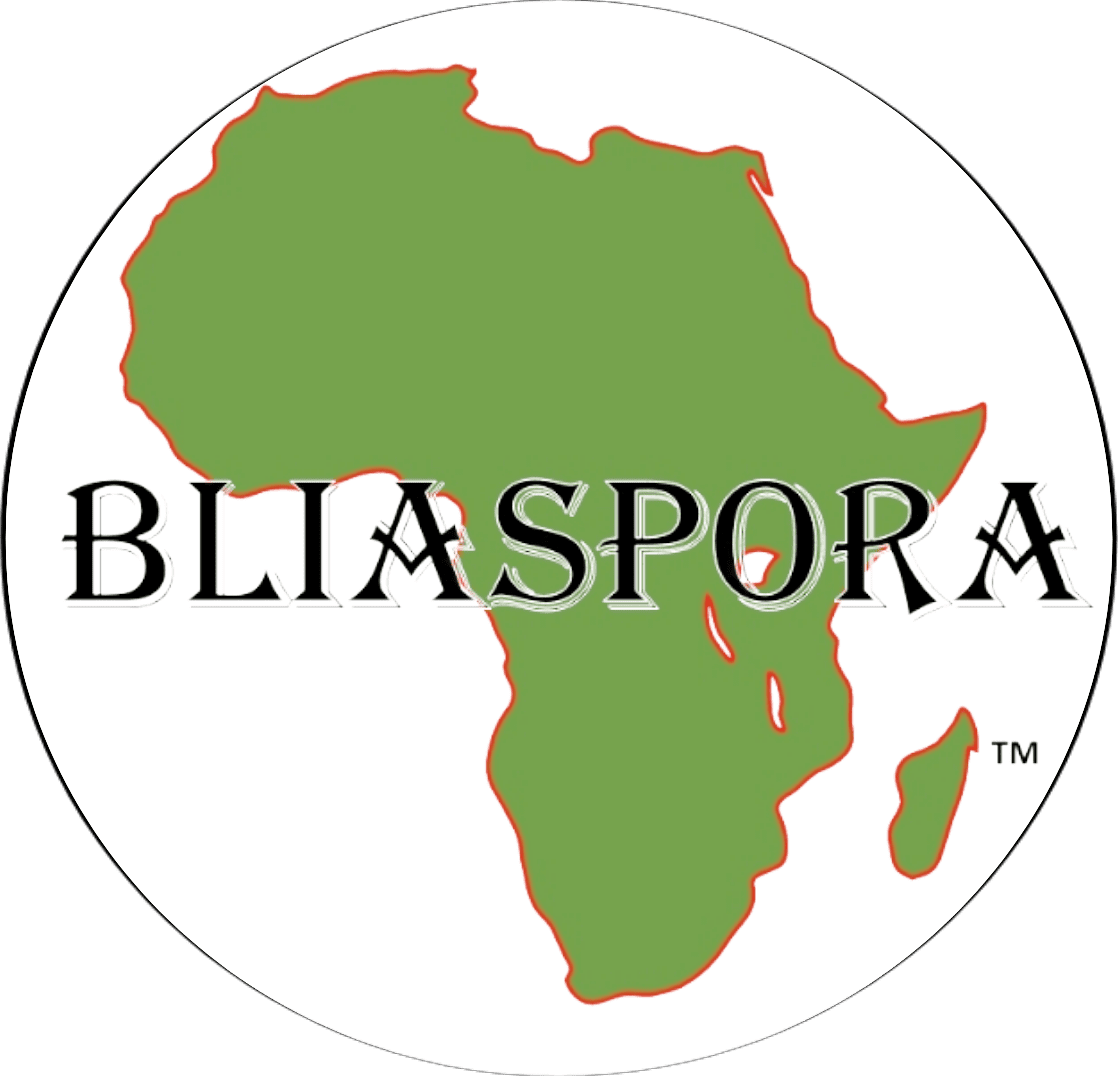Located in Central America, Panama is in a very sought after and distinctive location in the Western Hemisphere. A former Spanish colony the story behind this nation is unique compared to the others in terms of global politics and the black population. The isthmus of Panama was formed approximately three million years ago forming a land bridge between North and South America today Panama capitalizes on this location due to the Panama Canal. Without the Panama Canal ships would have to take the months long journey to reach either the Atlantic or Pacific by sailing past the southern most point of South America. Under Spanish Rule from 1538 to 1821 the region imported slaves to work on the transportation of goods across Panama from the Caribbean coast to the Pacific coast, one ship to the other. Tens of thousands of slaves were also sold to Spanish planters and miners in Colombia, Venezuela, Ecuador, and Peru. In 1821 Panama seeked independence from Spain and joined Grand Colombia voluntarily. From 1821 until 1903 Panama attempted to succeed numerous times, it was not until the United States interference that was the catalyst for independence. January 22, 1903 the United States supported the separation movement from Grand Colombia in return to build, fortify, and defend the Panama Canal. In November 1903 the Panama claimed it’s independence and by 1914 the United States completed the 52 mile canal.
The construction of the Panama Canal lead to the increase black population via the Afro Caribbean work force. Prior to the United States construction of the canal the French unsuccessfully attempted to built it while giving the false promises to Jamaican workers of riches on the project. Years later when the United States began construction on the project Jamaican workers were reluctant to work on the project after false promises from the French, so the United States workforce were primarily from Barbados. Now Panama has a black population that are descendants from Spanish Colonial slavery and the descendants of British Colonial slavery who stayed in Panama after the construction of the canal. During the construction the black workforce were paid less, had worse working conditions, inferior housing, and accounted for more deaths during construction.
Culturally Panama music scene is similar to various spanish speaking nations, however, the Afro-Caribbean imigrants influenced a different genre of music of Spanish Reggae or Reggaeton.

Data From: https://www.indexmundi.com/panama/demographics_profile.html
Languages Spoken:
- Spanish (official)
- Indigenous Languages
* Ngabere, Buglere, Kuna, Embrera, Wounan, Naso, and Bri Bri
- Panamanian English Creole (Similar to Jamaican English Creole)
- English
- Chinese
- Arabic
- French Creole
- Other
*Yiddish, Hebrew, Korean, and Japanese
- Note: Many Panamanians are bilingual
